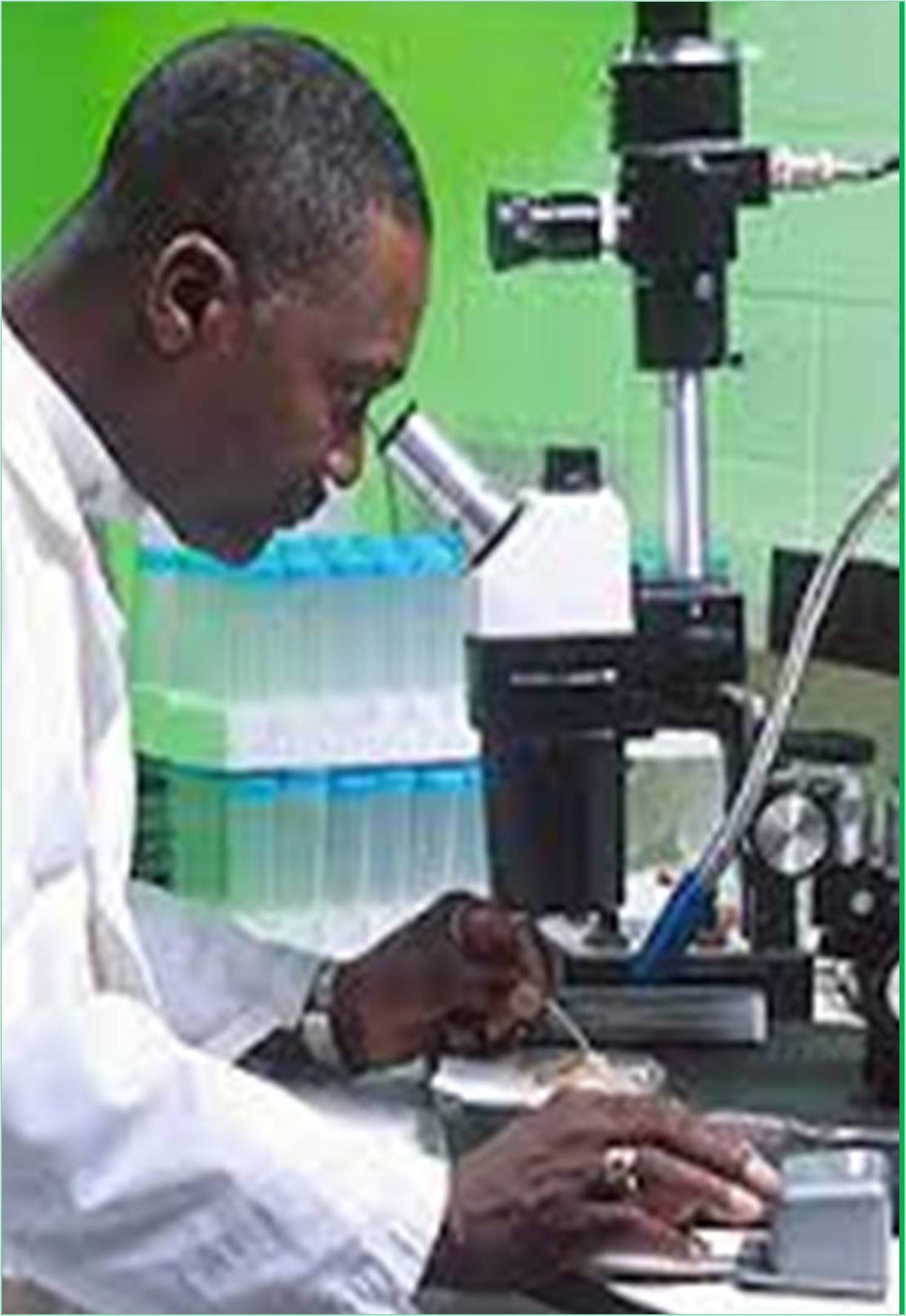



Received: 04-Nov-2022, Manuscript No. GJMR-22-83186; Editor assigned: 07-Nov-2022, Pre QC No. GJMR-22-83186 (PQ); Reviewed: 21-Nov-2022, QC No. GJMR-22-83186; Revised: 29-Nov-2022, Manuscript No. GJMR-22-83186 (R); Published: 07-Dec-2022, DOI: 10.15651/GJMR.22.10.420
Despite advances in sequencing, a lack of standardisation makes it difficult to compare studies and prevents global insights into the structure and operation of microbial communities. Here, we present the results of a multi-omics analysis performed on 880 samples from various microbial communities that were gathered for the Earth Microbiome Project. Along with untargeted metabolomics data, we also include amplicons and shotgun metagenomic sequence data. We explored diversity at an extraordinary scale by characterising microbial communities using standardised protocols and analytical methods, focusing on relationships and cooccurrences of microbially related metabolites and microbial taxa across environments.
We offer a framework for including additional studies in addition to a reference database for metagenomic and metabolomic data, enabling the expansion of current knowledge in the form of a developing community resource. We test the idea that every microbe and metabolite is present everywhere, but the environment chooses, in order to show the database's usefulness. Our findings demonstrate that the relative abundances of metabolites related to microbes vary and co-occur with particular microbial consortiums in a habitat-specific manner, whereas metabolite diversity exhibits turnover and nestedness related to both microbial communities and the environment. We also demonstrate the ability of specific chemical compounds, particularly terpenoids, to distinguish between the various environments on Earth, as well as the role of specific microbes like Conexibacter woesei, Haloquadratum walsbyi, and Pantoea dispersa.
This resource offers information on the taxa and metabolites found in microbial communities from various habitats all over the planet, informing both chemical and microbial ecology. It also offers a framework and techniques for multi-omics microbiome studies of hosts and the environment. Understanding the structure of microbial communities, how it relates to the taxonomic, phylogenetic, and functional composition of microbes, and how those relationships change over time and space is one of the main objectives of microbial ecology. The use of standard methods that allow for meta-analysis across various studies is crucial because no single study can sample all environments repeatedly enough to allow for such inferences.
Initial work on standardising protocols for 16S ribosomal RNA sequencing of bacterial and archaeal communities sheds light on the way in which communities are organised in the environment, supporting distinct axes of microbe separation along host association and salinity gradients. Current state-of-the-art techniques use multiomics approaches, including metagenomics, transcriptomics, proteomics, and/or metabolomics. More recent efforts focused on shotgun metagenomics data have started to provide additional insight regarding functional potential across environments.
Different secondary metabolites produced by microbes serve important roles in communication and defence and can improve human health and environmental sustainability. While metagenome mining and transcriptomics are effective methods for characterising function in microbial communities, generating chemical evidence that verifies the existence of metabolites and precisely describes their distribution across Earth is a more effective method for understanding functional diversity. Here, we present a method that identifies the presence and relative abundance of metabolites in microbial communities across the planet's environments and accurately describes metabolite profiles. Even though a number of studies have used tandem metagenomics and metabolomics in the past, many of these studies used relatively simple technical approaches or only profiled a small number of metabolite classes, preventing comparisons between studies that could deepen our understanding. Additionally, the scope of a number of earlier studies was restricted to a particular environment or habitat. By incorporating multiple ecosystems, our work significantly goes beyond what has been previously reported regarding multi-omics analysis of microbial communities using metagenomics and metabolomics. The strategy we use combines untargeted metabolomics with metagenomics to directly survey secondary metabolites.